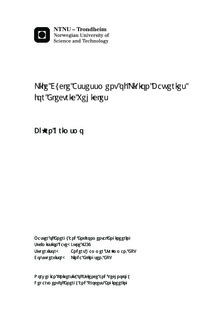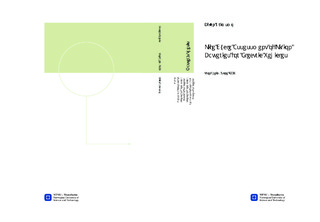| dc.description.abstract | Batteries for electrical power storage is emerging as a significant industry branch, as we search for technologies to mitigate anthropogenic global warming. Whether as part of a realistic solution, or just as a superficial consumerist trend that shifts emissions elsewhere, electric vehicle production and use is on the rise. As such, the scrutiny of life cycle assessment needs to be applied to this field as well, and here my work begins.
This master's thesis is the creation of life cycle inventories on the cathode technology of batteries of the lithium cobalt oxide (LCO) and lithium manganese oxide (LMO) type. I have studied and accounted for the industrial processes needed to create the metal oxides for these cathodes (the most significant components of the battery), and implemented these in a battery inventory model designed by Ellingsen et al. (2013). It was necessary to update the inventory on synthetic graphite for the anode, so I have done this as well. Key elements in these inventories, such as energy data, comes from industry sources.
The analytical results indicate that, given assumptions of production in mainland China and high energy storage capacity, LCO battery production is less carbon intensive than the NCM battery of the Ellingsen model, whereas LMO production is more. The differences come mainly from variation in battery mass due to different capacity when normalizing the model for 26,6 kWh. Electricity usage accounts for significant parts of the emissions, and changing to cleaner electricity mixes reduces emissions.
Lack of detailed production data prevents the application of results in other impact categories. Cobalt is a toxic metal, and appears in lower abundance than manganese, yet appears superior in most respects in this study. Is this right? More research must be done on cathode production, particularly on metal extraction, refining and industrial heating. | |

